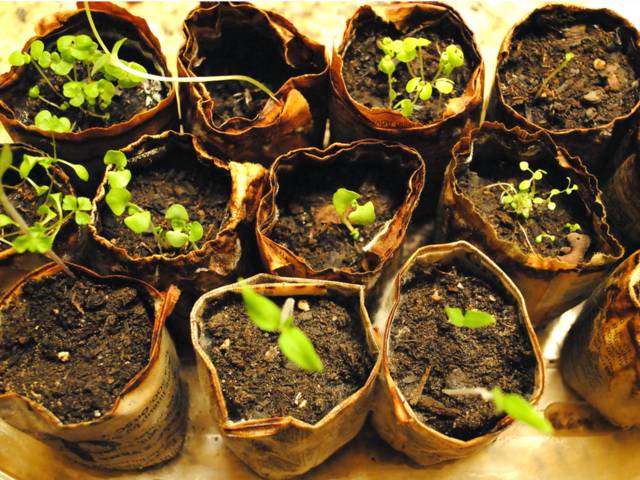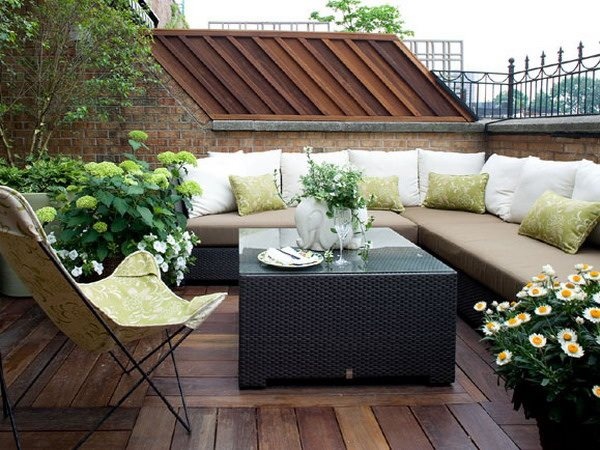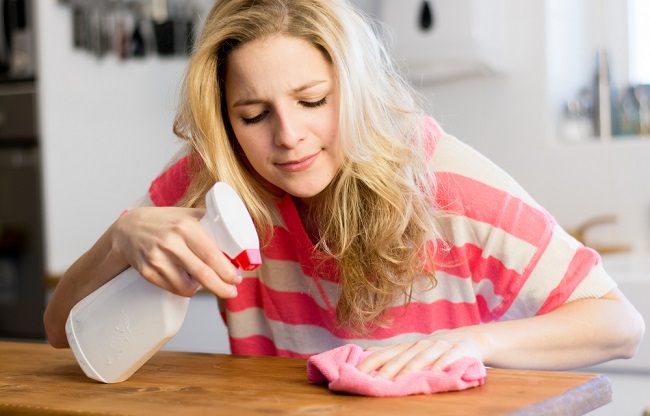Few gardening activities are as rewarding as growing your own plants from seed. And in this case, we are going to know the different alternatives to germinate our seeds in small greenhouses made in plastic containers.

One of the best parts of spring and summer is the opportunity to grow our own fruits and vegetables again. There is nothing like growing your own tomatoes straight from your garden or the pots on your apartment balcony.
Ideally, we can receive the fruits of our labor throughout the summer, however, especially for those who live in places with colder climates, the harvests can take place until July, August or even September. Wouldn’t it be great to have a greenhouse so that we can start eating our vegetables earlier and enjoy them earlier?
Fortunately, with a little ingenuity and creativity, there is a way to have your own “greenhouse” at home, even if you live in a small apartment.
Plastic Container Greenhouses.
What do you usually do with the rotisserie chicken or strawberry containers once they are empty? Probably rinse them out and throw them away, right?
With a little ingenuity, those same containers you’re tossing out could be the perfect mini greenhouses for your little plants. Think about it:
- They have holes in the bottom to drain the water.
- They have a transparent lid that can be sealed and also lets in sunlight.
- They are tall enough to allow for a growing space.
Essentially, they create that warm, moist environment that seeds and young plants need to thrive. By following these simple steps, you can reuse those containers and harvest your garden produce a month or even two early.
What can be planted?
Now, not all plants are going to benefit from mini greenhouses. However, there is a wide variety that will do it, for example:
- Tomatoes.
- Pumpkins.
- Kale.
- Broccoli.
- Cauliflower.
- Celery.
- Cabbages.
- Melons.
- Leek.
- Lettuce.
All of these, with the exception of tomatoes, will need to be planted indoors a month earlier than you would have planted them outside. In the case of tomatoes, it must be three months in advance.
What containers to choose?
Your options are not limited to containers of strawberry or chicken. As mentioned before, as long as your container has a clear plastic lid, is somewhat tall, and has holes in the bottom for drainage, then you can use it.
Other types of containers that can work are:
- Some take away food packaging.
- Salad bowls.
- Plastic bottles, cut in half.
- Yogurt parfait cups.
- Frappuccino cups.
8 steps to growing vegetables in greenhouses made with plastic containers.
Follow these simple steps to make your professional mini-greenhouse.
1. Get the right soil.
Choose soil specifically to germinate seeds, organic if possible. Ask your local garden store if you’re not totally sure.
2. Fill your containers.
Fill your clean, dry containers about two-thirds full with your soil, as well as any fertilizer your garden store has recommended.
3. Plant your seeds.
Follow the directions on the seed packets for each type of vegetable. It is generally best to plant two seeds per space in case one of the seeds does not sprout. Cover your seeds with enough soil so they don’t float up when you water them.
4. Water your seeds.
This step must be done very carefully. If you water them a lot or too frequently, you run the risk of digging up your seeds. It’s usually best to spray them first with a spray bottle to moisten the soil, then gently water them.
5. Secure the lid.
It doesn’t have to be sealed, just secured enough to create that greenhouse effect. Once the lid is on, place the container in a sunny area so it is warm enough to germinate.
6. Maintenance phase.
While you wait for your seeds to grow, take care of the soil. Only water it when it appears dry. Your seeds will probably need a gentle watering every few days.
Once the seeds sprout and have grown enough to touch the top of the lid, remove the lid so they don’t get too hot. If they are too hot, they will die. This, of course, depends on the height of your cap.
It usually takes a week or two before it’s time to remove it, but always check your breakouts for any signs of complication. Just because they haven’t reached the top doesn’t mean it’s not time to remove the lid.
7. Acclimate your plants.
When your plants have started to develop and have grown a bit older, you can start putting them outside in the shade for a few hours each day. Make sure they are protected from the wind and that it is at least 15 degrees. Always put them in overnight. Do this every day for about a week.
Then start acclimating them to the sun by placing them outside in the sun for a few hours each day. You may want to cover or protect them with a thin white cloth to prevent strong rays from burning the leaves. Do this every day for another week.
8. Plant them permanently outdoors.
By now your plants are ready to be permanently planted outside. Before planting them in your garden or porch pot, make sure they are dry and water them after planting.
Once you’ve safely planted them in your new home, gently water them once more. From this moment on, you can take care of them just as you would have done before.








